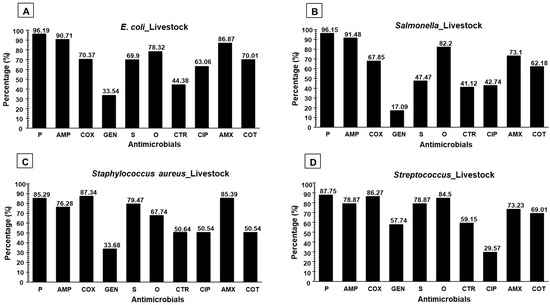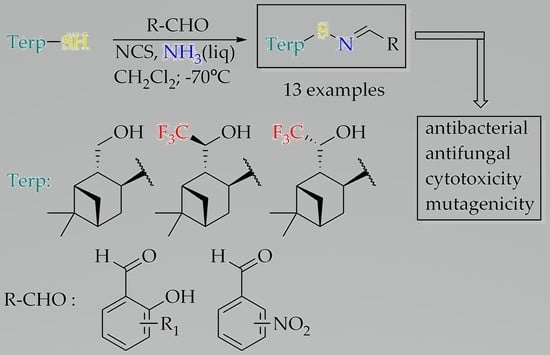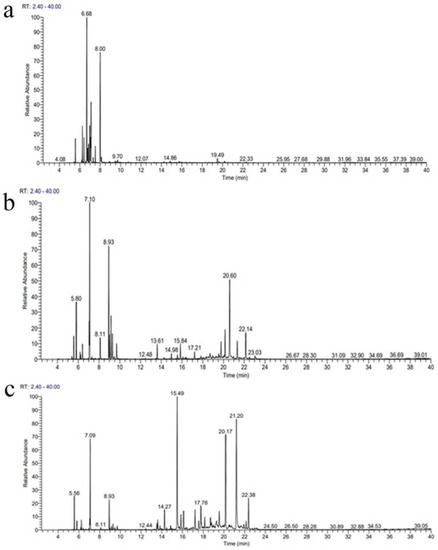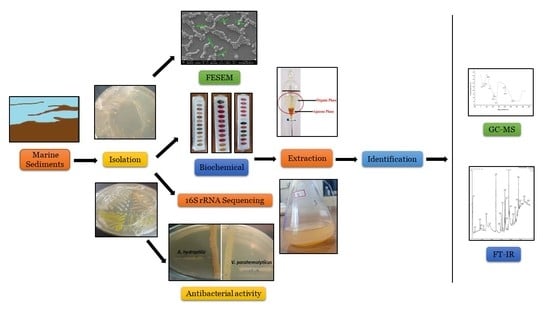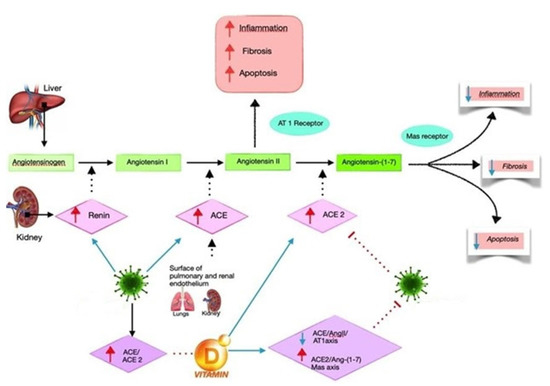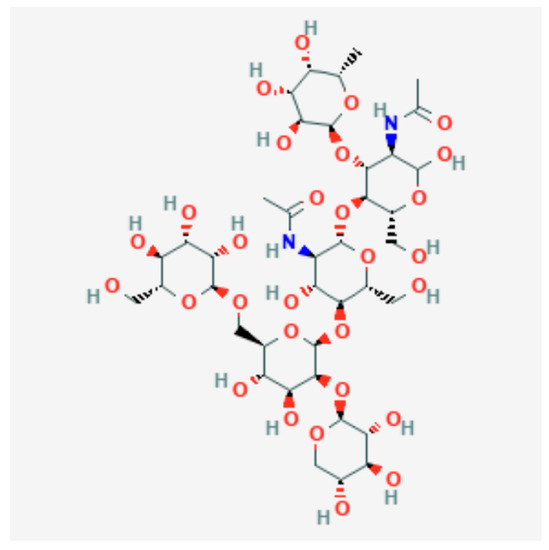Antibiotics 2022, 11(11), 1555; https://doi.org/10.3390/antibiotics11111555 - 4 Nov 2022
Cited by 6 | Viewed by 2820
Abstract
Antimicrobial stewardship is a systematic approach for promoting and monitoring responsible antimicrobial use globally. We conducted a prospective point prevalence survey of antimicrobial utilization among hospitalized adult patients during September 2021. The survey instrument was adapted from the WHO methodology for point prevalence
[...] Read more.
Antimicrobial stewardship is a systematic approach for promoting and monitoring responsible antimicrobial use globally. We conducted a prospective point prevalence survey of antimicrobial utilization among hospitalized adult patients during September 2021. The survey instrument was adapted from the WHO methodology for point prevalence surveys, and it was conducted at The Indus Hospital and Health Network, Karachi. Among the 300 admitted patients, 55% were males and the mean age was 44 (±18) years. At least 67% of the patients received one antimicrobial agent and the most common indication was surgical prophylaxis (40%). The most frequently used were antibacterial agents (97%) among all antimicrobials. Amoxicillin/Clavulanic acid and Ceftriaxone were the most frequently used antibacterial agents, i.e., 14% each. At least 56% of the antibacterial agents were amenable to antimicrobial stewardship when reviewed by infectious disease (ID) experts. Reasons for stewardship were: antibacterial not indicated (n = 39, 17.0%), unjustified prolonged duration of antibacterial (n = 32, 13.9%), extended surgical prophylaxis (n = 60, 26.2%), non-compliance to surgical prophylaxis guidelines (n = 30, 13.1%), and antibacterial not needed on discharge (n = 27, 11.7%). Median days of therapy (DOT) per agent was 3 days (IQR 2–4), while median DOT per patient was 2 days (IQR 1–4). These data have described the pattern of antimicrobial utilization in our institute. We found a higher prevalence of antimicrobial use overall as compared to the global figures, but similar to other low- and middle-income countries. Two important areas identified were the use of antimicrobials on discharge and extended surgical prophylaxis. As a result of these data, our institutional guidelines were updated, and surgical teams were educated. A post-intervention survey will help us to further determine the impact. We strongly recommend PPS at all major tertiary care hospitals in Pakistan for estimating antimicrobial utilization and identifying areas for stewardship interventions.
Full article
(This article belongs to the Special Issue Antimicrobial Use, Resistance and Stewardship, 2nd Volume)

